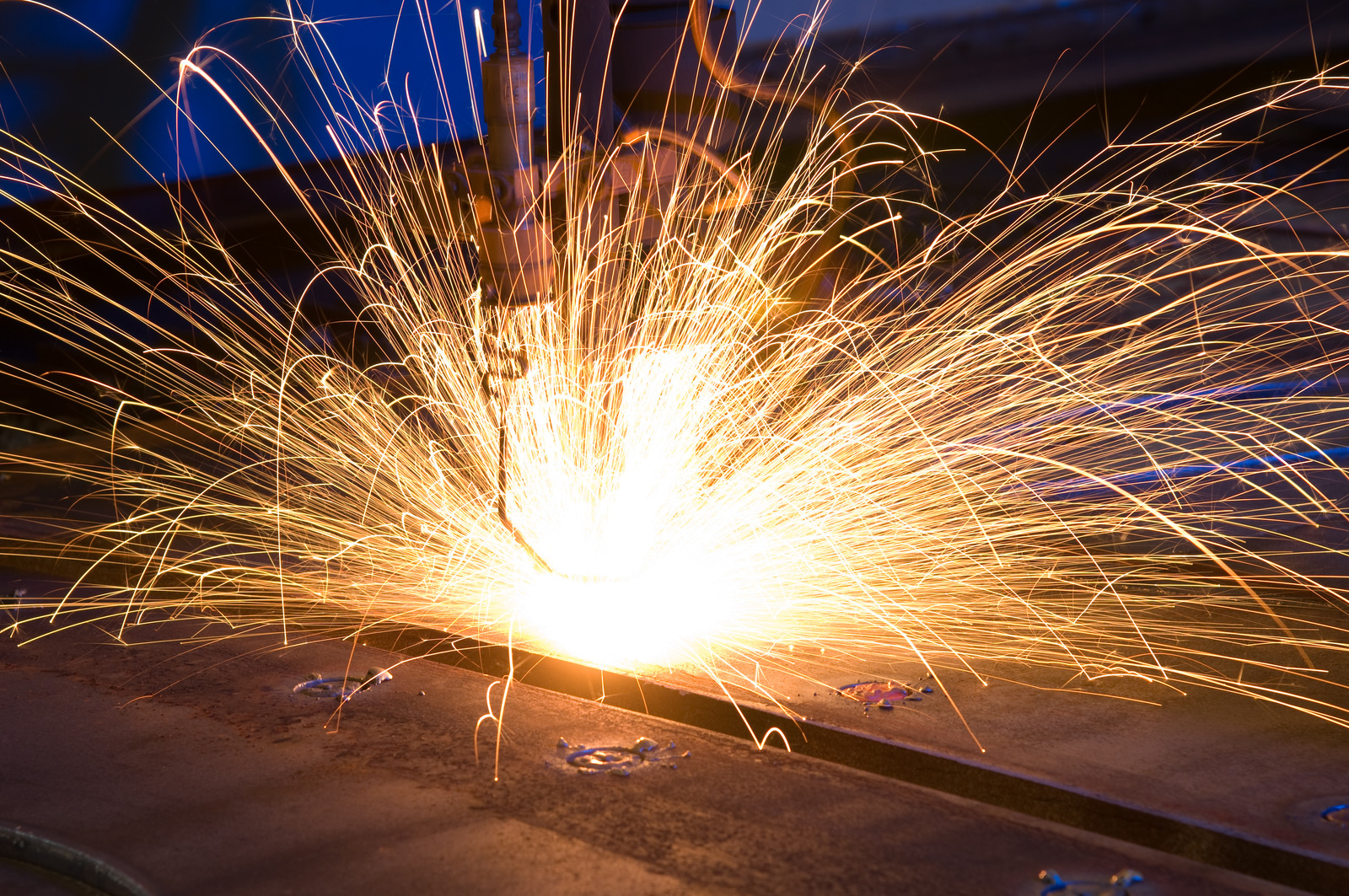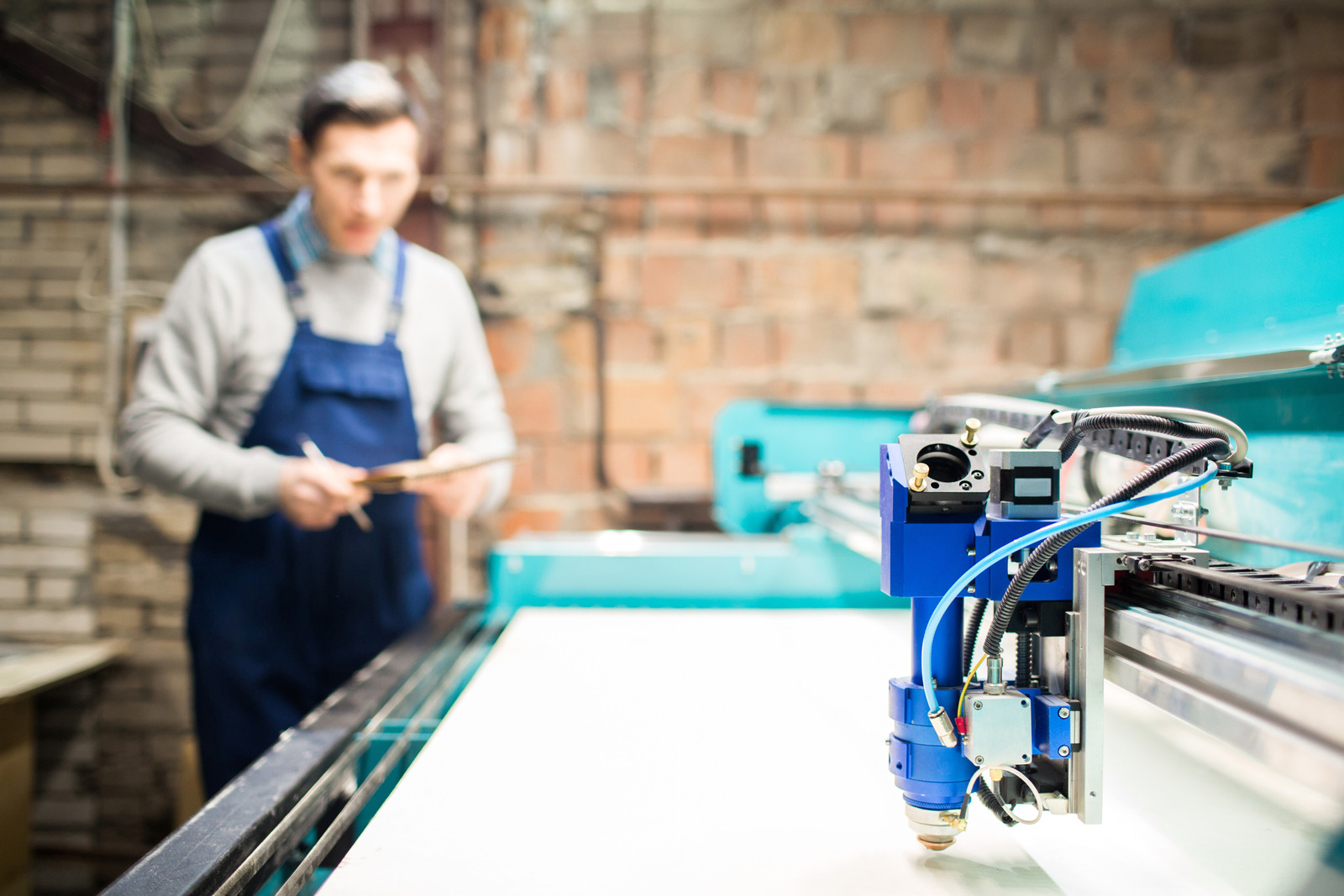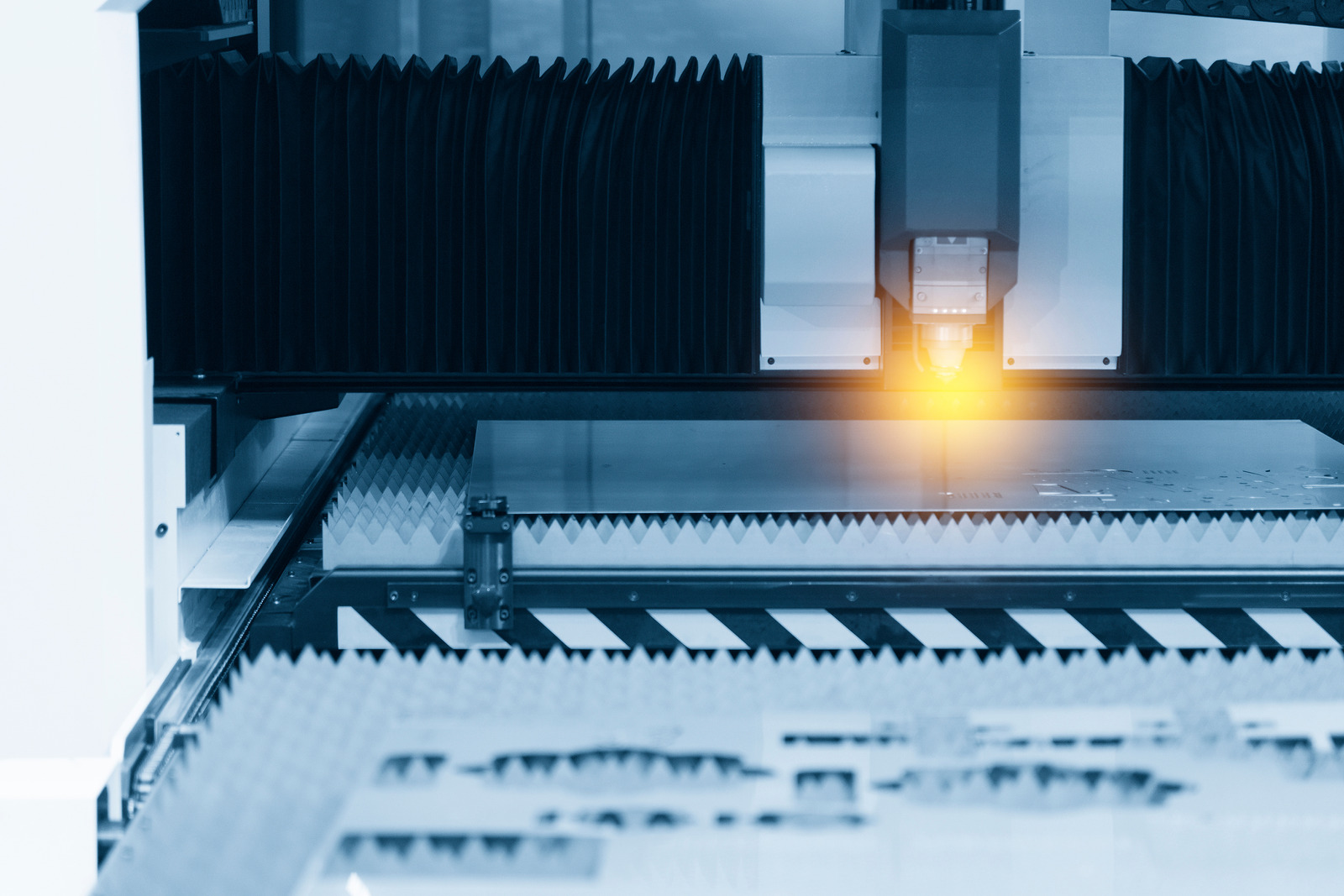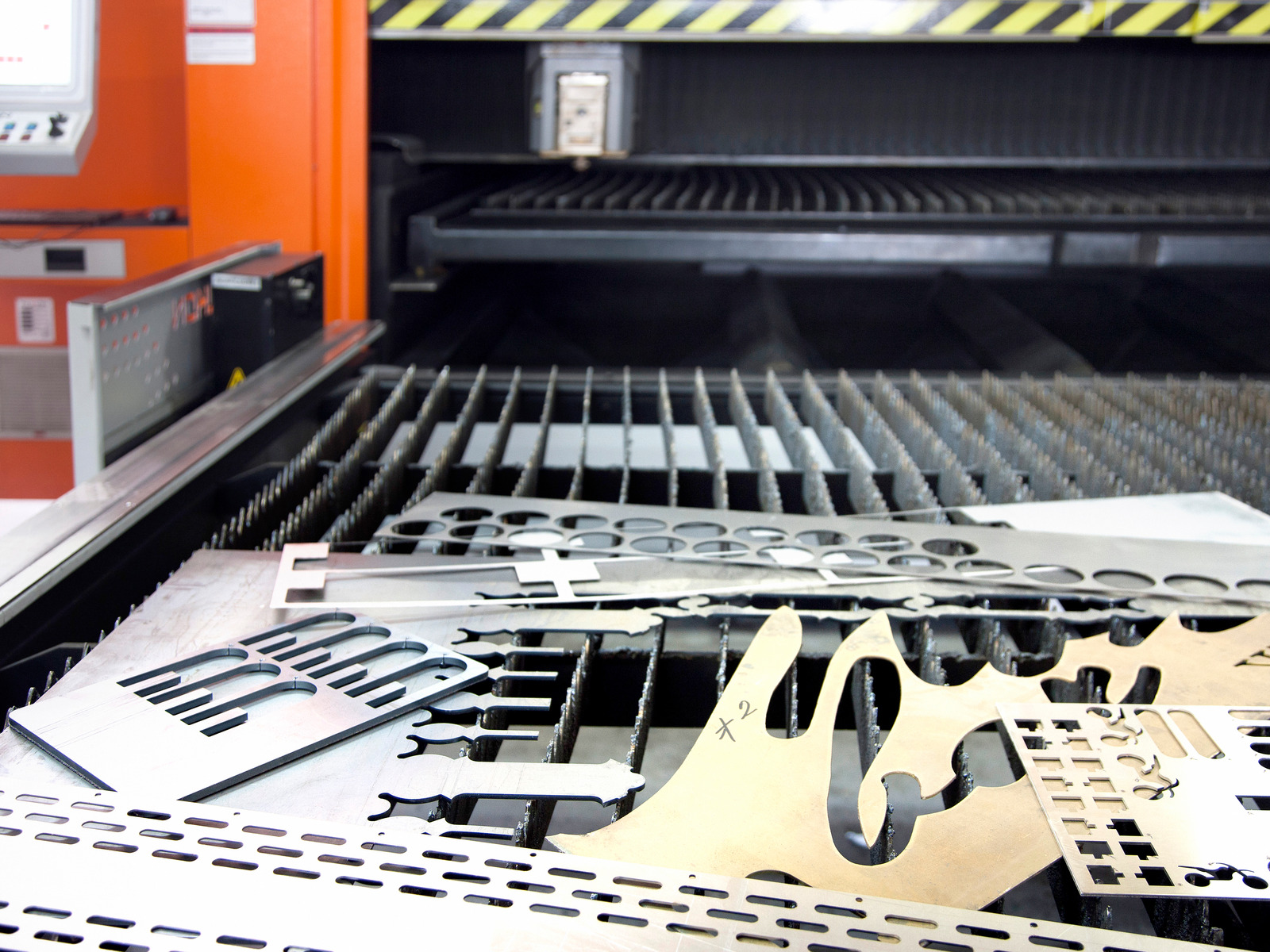Welcome to the world of laser cutting! If you’re a beginner wanting to learn more about the basics of laser cutting, you’ve come to the right place. In this article, we’ll be covering the fundamentals of laser cutting and providing a look into this fascinating technology. We’ll explore the applications of laser cutting and its key benefits, and introduce you to the types of materials and machines it requires. Finally, we’ll provide some tips and tricks to help you get started with laser cutting. So let’s get started learning about this amazing technology!
What Equipment is Needed
The Equipment Overview
basics If you’re new to laser cutting for dummies, you may be wondering what equipment is needed. The first piece of equipment you’ll need is a laser cutting machine. This is a machine that uses a beam of laser light to cut through materials such as wood, acrylic, fabric, and leather.
It can be run manually, or in some cases, it can be programmed to be controlled by a computer. You’ll also need a laser cutter power supply, which powers the laser cutting machine. This is responsible for maintaining stable power to the machine, so that the laser settings are accurate and consistent.
Recommended Machines
When it comes to laser cutting for beginners, the first decision you’ll have to make is what kind of machine you’ll be using. Laser cutters can range in size, technology, and pricing, so it’s essential to choose one that’s right for the applications you’ll be using it for. One of the most popular types of laser cutters for beginners is the CO2 laser cutter.

Step-by-Step Process
Setting Up the Machine
process Setting up the machine is the first step when it comes to laser cutting for beginners. Before you begin the process, it’s important to make sure your laser cutter is operating correctly. If you’re new to the world of lasers, this may seem daunting, but it doesn’t have to be.
The first step is to choose the right laser cutter for your application.
Choosing and Deciding on a Design
projects Choosing and Deciding on a Design: When you’re just starting out with laser cutting, the first and most important step is deciding on a design you want to make. As daunting as this may seem for beginners, it can actually be an exciting process! You can draw your own designs, or use software packages like Adobe Illustrator or CorelDRAW to create your own custom designs.
You can also find plenty of resources online with existing designs that can be adapted and edited to your own creative vision. Most laser cutters require files that are vector-based graphics, which means that the files consist of crisp lines, details, and curves.
Laser Beam Settings
Laser cutting can be used for a multitude of projects from cutouts in paper to intricate engravings on wood. Making sure you have the right settings on your laser cutter can make the difference between a successful project and wasted material. Here is a brief guide to understanding the basics of Laser Beam Settings for Dummies.
Most laser cutters have various settings for the intensity of the laser beam.
Placing and Securing the Material
When it comes to laser cutting for beginners, one of the most important steps of the process is placing and securing the material that you want to cut. Depending on the type of project you are working on, you will have to use the right kind of material that is compatible with the laser cutter. This could include wood, acrylic, glass, cardboard, fabric, metal, vinyl, and other materials.
Removing the Material
Removing the Material is the part of the laser cutting process where the cutting of the material actually takes place. Laser cutters use a precise, focused laser beam that can cut through a variety of materials with extreme accuracy. A laser cut machine can cut through soft and hard materials at incredible speed while still maintaining a precise level of detail.
This precise cutting technique allows for extremely precise cuts and finishes, enabling complex shapes and patterns to be created without any extra effort.
Helpful Tips
Don’t Skip the Safety Features
If you’re a beginner when it comes to laser cutting, safety should always be your top priority. A laser cutter is a powerful tool, and an amateur user could risk serious injury if they don’t take the proper precautions. In order to protect yourself, as well as the machine itself, it’s important to ensure that you’re familiar with the safety features of the laser cutter before you begin a project.
When selecting a laser cutter, you should make sure that it has the following safety features: * Laser eyewear: Look for a laser cutter that has built-in safety glasses that fit the user appropriately.
Practice Before Production
Practice Before Production When first learning how to use laser cutters, it is important to practice and become familiar with the machine’s features and settings before starting on a project. This way, mistakes won’t cost as much time and you’ll be able to complete projects more efficiently. The first thing to do when getting started with laser cutters is to secure a practice material like wood, or a type of plastic.
Don’t Overload the Machine
basics When laser cutting for beginners, it is important to remember that laser cutters are powerful machines and you do not want to overload them with too much work! Before starting a new project, it is crucial to understand the power limitations of your specific machine. Many laser machines have a list of materials they can and cannot cut, so familiarizing yourself with the capabilities of your device will save you a lot of time and frustration.
Stay Ahead of Maintenance
Staying Ahead of Maintenance while laser cutting is an important part of the laser cutting process for beginners. As with any machine, laser cutters need to be well maintained and checked for problems regularly in order to stay running smoothly and prevent any damage or breakdowns. As a beginner, there are a few simple ways you can keep your machine in tip-top shape.
First, make sure you always use the right materials when laser cutting.
What do I need to start laser cutting?
basics To get started with laser cutting, you’ll need access to a laser cutting machine and some materials you can use to cut or engrave. Laser cutters are a type of tool that can be used to accurately cut and engrave materials like aluminum, plastic, wood, paper, and more. Laser cutters can also be used for engraving more intricate designs onto items like plaques and trophies, as well as for creating detailed signs and graphics.

Conclusion
Final Thoughts
basics In our final thoughts on laser cutting for beginners, it’s important to emphasize that laser cutters are powerful tools and must be used with caution and proper training. Although they provide a quick, accurate way to cut and engrave almost any material, they pose some serious safety risks and require the user to be aware of these risks when operating a laser cutter.
Further Resources
Conclusion As we have seen, laser cutting is an increasingly popular method for creating precise and intricate shapes from a variety of materials, from paper and plastic to stainless steel and aluminum. But it can be tricky to get started, especially for beginners. This article has provided you with a brief overview of laser cutting for beginners, outlining the basics and giving you tips on how to successfully work with a laser cutter.


